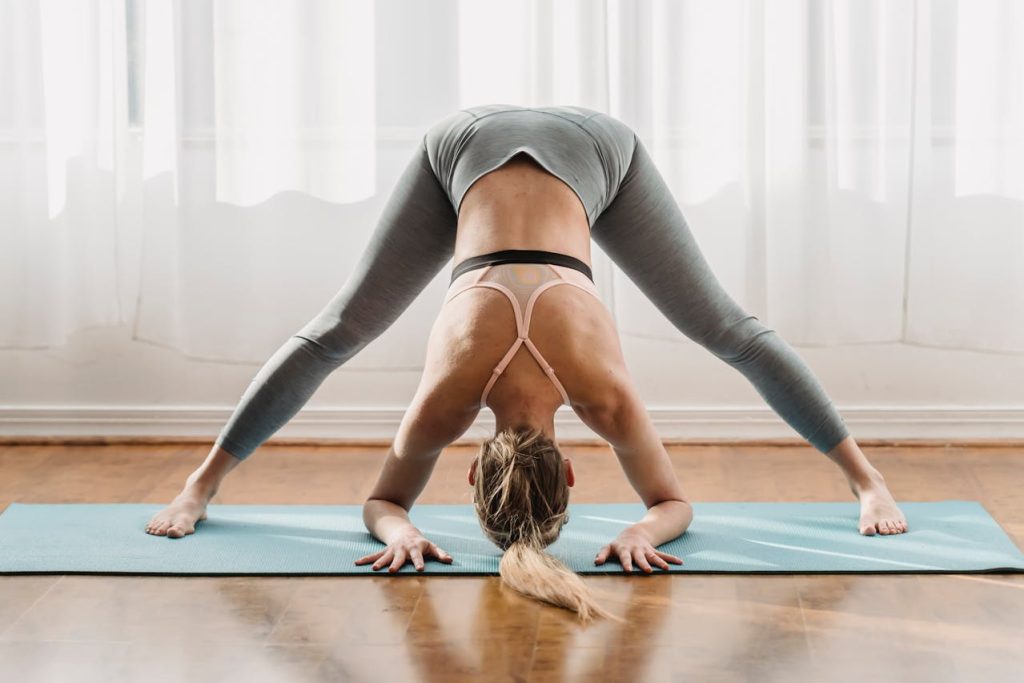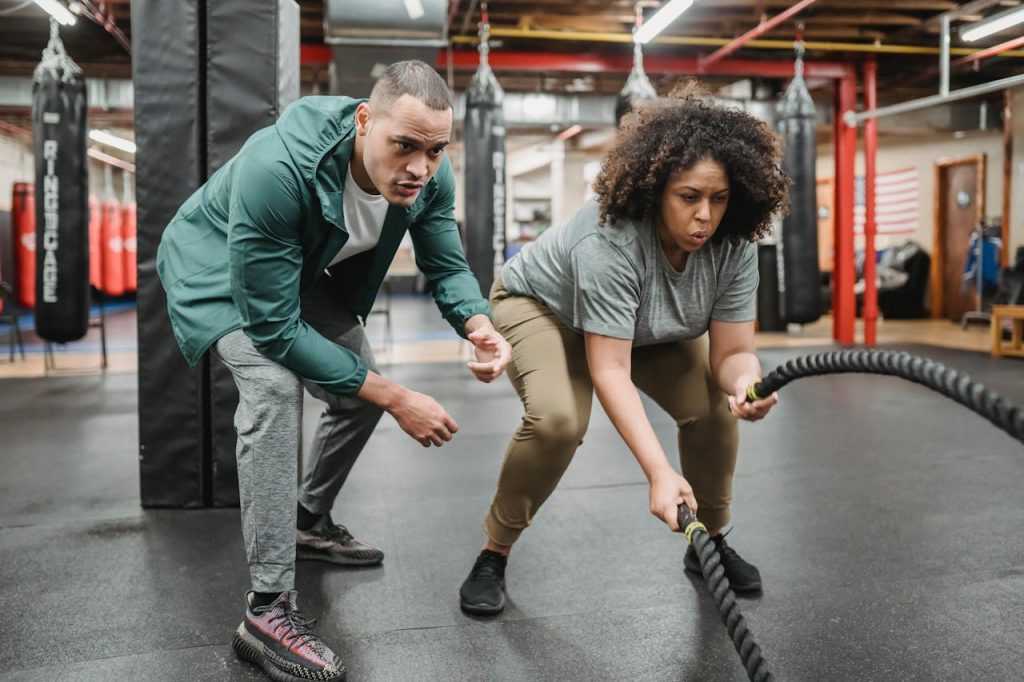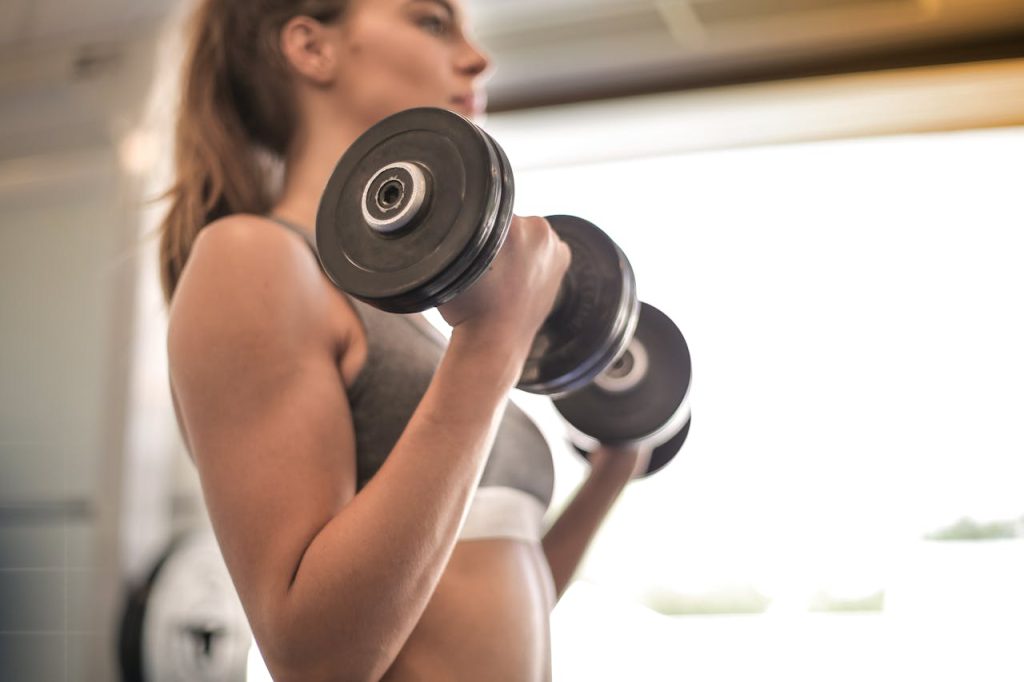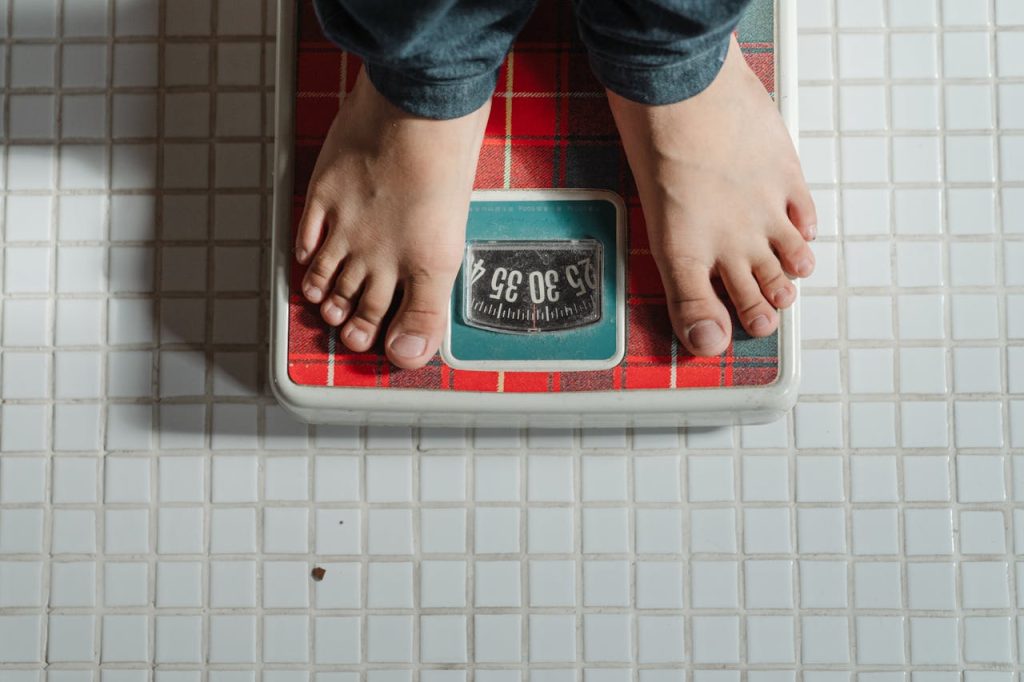Mobility keeps older adults’ balance sharp by allowing them to shift their joints, engage their muscles, and respond more effectively to positional changes. Just getting regular mobility, whether it’s walking around or light exercise, can strengthen legs and core, assisting with standing and walking. Good mobility additionally keeps the joints supple and helps you change directions or stop falls. A large number of studies demonstrate that older adults who are more mobile fall less and report feeling more balanced. To maintain equilibrium, minor maneuvers such as stretching or frequently standing can have a significant effect. The bulk of this blog will shed simple habits and tips that help older adults add more movement to their days and remain steady.
Key Takeaways
- Mobility is key for older adults to improve balance because it builds muscle, coordination, sensory awareness, and reaction times that prevent falls.
- By integrating a balanced routine of static and dynamic exercises, such as leg strength training, coordination drills, and mindful movement, you can ensure comprehensive improvement in balance that can be tailored for any fitness level.
- Incorporating safe habits, such as beginning slowly, respecting your body’s signals, and establishing a routine, protects you from injury and supports sustained success with mobility training.
- With expert medical advice, the strategic incorporation of mobility aids nurtures secure mobility and can be phased out over time as assurance and competence increases.
- Mindfulness practices, like focused breathing and body awareness exercises, are essential for alleviating tension, increasing confidence, and fostering deep concentration during balance activity.
- Being involved in the community, whether it’s a group class or social support network, boosts motivation, provides emotional support, and makes mobility training more fun and sustainable for seniors.
Why Mobility is Key to Balance
Mobility is the body’s means to pivot, lean, and stay balanced through life’s everyday transitions. For seniors, good mobility is more than just getting around. It keeps balance in check, reduces fall risk, and allows individuals to maintain independence. Consistent movement keeps your body in pace with everyday demands and outpaces age-related slow-down.
Stronger Muscles
Muscle is the foundation for balance. When seniors utilize resistance exercises, such as squats or leg lifts, they activate the large muscles that support them. Powerful legs assist with even simple activities like walking or standing from a chair. Core work, like planks or basic seated twists, holds the center firm, so you don’t fall over. Some resistance bands or body weight moves can allow muscles to fatigue later. This reduces fall risk and makes daily activities, like reaching or bending, safer.
Better Coordination
Balance isn’t just about muscles. The body must move as one. Activities such as standing on one foot or walking heel-to-toe engage the mind and body in concert. These moves keep the nerves talking fast, so feet and arms know where to go. Sprinkling in simple games, such as tossing a ball or reaching across the body, enhances hand-eye coordination and improves fluidity of movement. Actions that activate both sides simultaneously, such as marching in place while flinging your arms around, keep everything in harmony.
MOBILITY DRILLS THAT COMBINE STEPS, TURNS, ARM MOVES TOGETHER help the body respond more effectively and prevent stumbles.
Sharper Senses
Sense training is essential for balance. Moves that challenge vision and audition, such as stepping over obstacles as you listen for direction, hone attention. Mobility drills with eyes closed or the head turning make the brain work harder to keep the body spot in space. Training on irregular terrain, or with your eyes shut, forces the body to rely on its internal compass—proprioception—to maintain control.
Balance tasks that combine auditory, visual and kinetic activities get the senses to cooperate.
Quicker Reactions
Quick steps allow the body to save itself from a topple. Short drills, e.g. Stepping side to side or dodging light taps, train quick response. Training with activities that simulate everyday surprises, such as catching yourself while picking up something that fell, assists your body in acting quickly. Moves requiring rapid directional changes, such as turning or stopping, prepare the body for uncertainty.
Quick drills keep reaction sharp.
Practical Mobility Exercises
Mobility exercises are the foundation for balance in older adults. They have been demonstrated to elevate mobility scores — an 8% absolute and 17% relative boost over a 12-point scale. They can be performed with a group, solo, at home, or at a gym. They cater to varying skill levels and can be adapted for freshness and fun. A change of just 0.5 points is considered clinically significant, which makes these exercises incredibly pertinent.
Effective mobility exercises for daily routines:
- Single limb stance
- Marching in place
- Wall pushups
- Seated ball passing
- Tai chi or qigong flows
- Chair yoga poses
- Balance beam stepping
- Squats and lunges with or without resistance bands
Static Balance
Static balance drills such as standing on one leg, or holding chair yoga pose, develop the foundational skills for stability. These exercises can be as basic as standing with feet together, eyes shut, or attempting to balance through a ten second count. A wall or chair support is useful for confidence and safety. Even wall pushups contribute to static balance by requiring the body to remain stable. To help maintain records of progress, record times with a timer or straight log book. Marking time a position can be held provides immediate feedback on progress.
Dynamic Movement
Dynamic mobility is the body on the fly, requesting that it contorts and maintains balance during motion. Marching, stepping or walking heel-to-toe on a flat surface are simple starters. These can be spiced up by adding in turns, stepping over small obstacles, or carrying a light ball. Tai chi and qigong, which are practiced worldwide, utilize slow, sweeping motions that challenge and increase dynamic balance. A balance beam or a tape line on the floor can add a new dimension to walking. Group classes might provide encouragement and motivation.
Strength Building
Strength work is essential for equilibrium. Targeting your legs and core, squats and lunges condition the muscles utilized for standing and walking. Resistance bands, or even small weights can be included as fitness increases. Sessions of 20–60 minutes, two to five times per week, are supported by research. This 12-week circuit training plan that combines balance, strength, and aerobic work in a group may lead to real gains — particularly for community-dwelling elders who require greater mobility.
Build a Safe Routine
For seniors, a safe exercise routine emphasizes balance, functional training, and consistency. The goal is to enhance coordination, balance and fitness — reducing fall risk and sustaining independence. These routines work best when they are progressive, customized to your ability and mimic real-life movements.
Start Slowly
Start with easy moves, like standing on one leg or doing a heel-to-toe walk or light marching. These fundamental shifts allow the body to acclimate to new stresses without strain.
Step by step, slow but relentless. As you become comfortable, add more challenging components, like integrating a cognitive task while balancing or on unstable surfaces. This keeps the routine interesting and encourages consistent progress. Keeping an eye on physical indicators, such as muscle or joint soreness, is key. These cues assist to find the safe tempo to energize. Don’t be hasty—constructing equilibrium and motion is a slow art, and haste can cause you to stumble.
Listen to Your Body
Listening to your body in workout is key. Cease if you experience pain, dizziness or sharp pain.
Modifying the schedule whenever you are fatigued or achy keeps you injury-free and produces better long-term outcomes. Rest days are equally as important as workout days, providing time for muscles and joints to heal. Self-awareness increases with practice, so it becomes easier to recognize when a routine should shift. Noticing your limits is a powerful, not shameful, skill in mobility work.
Create a Schedule
A set workout plan fuels regularity. Schedule mobility work to become a habit during the week.
Mixing up the schedule—switching between balance, strength and gait training, for example—keeps sessions fresh and engaging. Reminders can keep you motivated and make participation habitual. Interspersing these with dual-task exercises, like walking while counting or naming objects, enhances posture control and brings the brain and body together.
Safety Checklist
Eliminate any loose rugs, cords, or clutter from the workout space.
Wear supportive shoes with non-slip soles.
Keep water nearby to stay hydrated.
Make sure good lighting covers the entire exercise area.
The Role of Assistive Tools
Assistive tools assist seniors with maintaining their equilibrium and navigating safely, facilitating independence in everyday activities. From basic canes to high-tech walkers, these devices are tailored to different requirements and settings. The appropriate equipment can reduce fall risk and enhance mobility, particularly for individuals who struggle with ambulation or posture maintenance. Research reveals lots of users flail with their devices, so education and customization are crucial. Here’s a table of the kinds, primary advantages, and ideal applications.
Type | Benefits | When to Use |
Cane | Increases stability, light support | Mild balance issues, short trips |
Walker | Strong support, reduces fall risk | Severe instability, longer walks |
Crutches | Offloads weight, aids injury rehab | Leg injuries, post-surgery |
Rollator | Built-in seat, easy to maneuver | Fatigue, need for rest breaks |
Grab Bars | Safety in bathroom, easy transfers | Bathing, toileting |
Wheelchair | Full mobility support | No weight-bearing ability |
When to Use
Most seniors discover they require an assistive device after an accident or when they experience regular wobbliness. Anything that seems dicey—slick floors, bumpy terrain, congested areas—could require additional assistance.
I believe people should consider using assistive tools when their equilibrium is uncertain, for instance, as they’re in a new rehabilitative or recovery phase following an injury or surgery. Employing a cane or walker in these times keeps you from additional tumbles and restores your confidence. Preemptive—opting for a device before an incident—can reduce disability rates, which can decrease by as much as 50% with the use of appropriate assistive aids, studies show.
Proper Use
Learning how to use these devices the right way is key. Bad form doesn’t just render them less efficacious, it can cause more danger or pain.
Simply practicing to walk with a cane or walker helps to build confidence and coordination. Users should inspect their tools regularly, monitoring for wear and ensuring they are the appropriate size for their height and grip. Consulting with physical therapists or trained healthcare workers teaches people best practices, from tweaking the device to wear it during optimal times.
Weaning Off
As balance improves, it’s wise to gradually wean off the device. Defining specific steps – such as walking short distances unassisted – can demonstrate advancement.
Keeping an eye out for trouble and consulting experts keeps the process secure. Small wins–like getting across a room without assistance–should be celebrated.

Beyond the Body: The Mind-Balance Link
Mobility and balance in seniors is more than just muscle and bone. At the center is the mind, forming the way individuals move, digest and respond to their environment. Increasingly, research reveals that our cognitive functions—such as focus, attention and processing speed—are intimately connected to balance. This link implies that a strengthened mind can aid safer, more stable body movement and decrease fall risk.
Focus
Focus is crucial for balance-challenging activities. Training attention with straightforward techniques—like tuning slow, even breaths—can assist with stillness in motion. For instance, tai chi and yoga both require mental focus and have demonstrated positive effects on cognition along with balance. All of these activities make you consider every position, which aids in mind-body coordination.
Breathing exercises are good for stilling the mind. Slowing the breath before or during balance work — like standing on one foot — helps eliminate distraction. Visualization is another tool: picturing yourself moving with control can boost confidence and performance in mobility activities.
Fear Reduction
- Use gradual exposure to feared movements or environments
- Set small, achievable goals to build up confidence
- Build support networks, like group classes or family involvement
- Provide soft suggestions and comfort with no-judgment.
Positive affirmations, such as “I am steady on my feet,” serve to substitute concern with confidence in your skills. Rundown, give them a little personal stories of success like some older adults becoming independent again after training. Supportive environments, where individuals are encouraged to explore new movements in a safe space, have a significant impact.
Body Awareness
Mindful movement — like dance, or resistance training — constructs awareness of body positioning and alignment. These activities require individuals to pay attention to how their body feels and moves in space, which enhances balance and brain function. Mirrors or video feedback can display real-time progress and encourage posture correction.
Periodic self-checks — akin to the heel-to-toe walk or single leg stand — measure progress and motivate new targets. These tests are easy yet powerful instruments to monitor mobility and balance variations.
Mindfulness Practice | Impact on Balance Performance |
Deep breathing | Calms nerves, sharpens focus |
Guided imagery | Increases movement confidence |
Mindful walking | Heightens body awareness, steadies gait |
Tai chi | Boosts both cognitive and motor skills |
The Power of Community
Community is instrumental in keeping seniors moving and balanced. When people come together, they experience more than just a workout—they experience connection, support and a wellness boost. Community-based initiatives can prevent falls, provide individuals with a secure environment to exercise in, and combat isolation. We have discovered that being part of a community keeps most seniors active – and puts a real purpose behind every step.
- Builds a support network for ongoing encouragement and help
- Provides secure environments for group workouts, reducing the opportunity for harm.
- Increases motivation to stick with fitness routines
- Fosters learning through shared experiences and skill-building
- Reduces social isolation and boosts emotional health
- Assists individuals to remain autonomous with direct support and information
Group Classes
Group classes provide senior citizens an opportunity to practice balance under the direction of experienced instructors. During these classes, everyone has a chance to sample sequences designed to assist with mobility, strength, and balance. There is someone around to support, watch or tip in a group setting. This is key to staying safe and getting somewhere.
Classes can be anything — tai chi, yoga, dance, even just balance drills. Each format has a different emphasis, so people can pick what suits their interests. This variety keeps it fresh and exciting and makes it so much easier to maintain consistent movement.
Shared Motivation
It can get you through those days when they are hard to keep moving. Collaborating, they frequently establish collective goals. These collective ambitions assist all of us in alignment. When one of us hits a milestone, we celebrate as a group. This makes working out a fun social occasion.
It’s inspiring to see others celebrate their victories and support one another through their challenges— it makes it easier for all of us to persevere. It’s typical to find folks exchanging tales of what works for them, which disseminates helpful tips and sustains optimism.
Social Support
Everything’s better with a friend, including exercise — having a friend or family member jump on board makes getting moving less of a drudgery. It makes it interesting, as well. Several teams enjoy scheduling hikes or matches to mix socializing with physical activity.
Discussing any setbacks, or how a routine is going, helps people feel heard and supported. It provides belonging. Fast taps from a friend or loved one can provide just the nudge you need to keep up with healthy habits.
Conclusion
For balance improvements to be seen, older adults need to be mobile. Walking, stretching or slow strength work keeps your legs and core strong. Easy actions taken daily can enhance stability and reduce stumbles. Aids such as walking sticks or rails provide additional support when necessary. Staying sharp counts as well—games or group discussions keep the mind up to speed with the body. Jumping in with the group makes practice fun and supportive. Tiny daily actions forge genuine transformations. For those seeking to keep up with life and love it — start with one move. Tell us what worked or post your own tips in the comments—let’s support each other in staying strong and steady!
Frequently Asked Questions
1. How does mobility help improve balance in older adults?
More mobility maintains joint elasticity and muscle strength. This aids the body in making quick adjustments and reactions that can help you avoid falls.
2. What are simple mobility exercises for better balance?
Simple leg lifts, ankle circles and walking heel-to-toe in a straight line work well. These can be performed at home and help preserve strength and coordination.
3. How often should older adults practice mobility exercises?
Try to work on mobility at least three times per week. Consistency keeps you from losing ground and keeps your body limber.
4. Are assistive tools necessary for balance training?
Assistive aids such as canes or grab bars provide additional assistance. They add security and assurance to workouts, particularly for individuals with reduced mobility.
5. Can mental health affect balance in older adults?
Yes. Tension can interfere with concentration and steadiness. Relaxation and mindful movement exercises aid both mental and physical balance.
6. Is it safe to start a mobility routine without supervision?
Safest to check with your doc first. They can prescribe safe exercises given your specific needs and health.
7. How does being part of a community help improve balance?
Community and group classes inspire regular movement! The camaraderie and support keeps seniors involved and motivated.

Start Your Journey To Lifelong Health And Confidence With Fitness Ellipsis!
Are you ready to embrace a healthier, more active lifestyle in your golden years? At Fitness Ellipsis, we understand that successful weight loss isn’t just about the number on the scale, it’s about enhancing your energy, boosting your confidence, and empowering you to live fully and independently.
Our specialized Weight Loss Program for Seniors is thoughtfully designed to meet your unique needs. With expert guidance, personalized coaching, and gentle, effective exercises, we help you shed unwanted weight while improving mobility, balance, and overall wellness. Whether you’re new to fitness or looking to get back on track, our compassionate team will support you every step of the way.
Through customized nutrition strategies, age-appropriate workouts, and unwavering encouragement, we focus on sustainable results that keep you feeling vibrant, strong, and in control of your health. You’ll not only lose weight, you’ll gain freedom, energy, and a renewed zest for life.
Don’t wait to reclaim your well-being and vitality. Join the Fitness Ellipsis family today and take the first step toward a leaner, stronger, and more empowered retirement. Contact us now to discover how our weight loss program can transform your health and help you thrive today, tomorrow, and for years to come.




